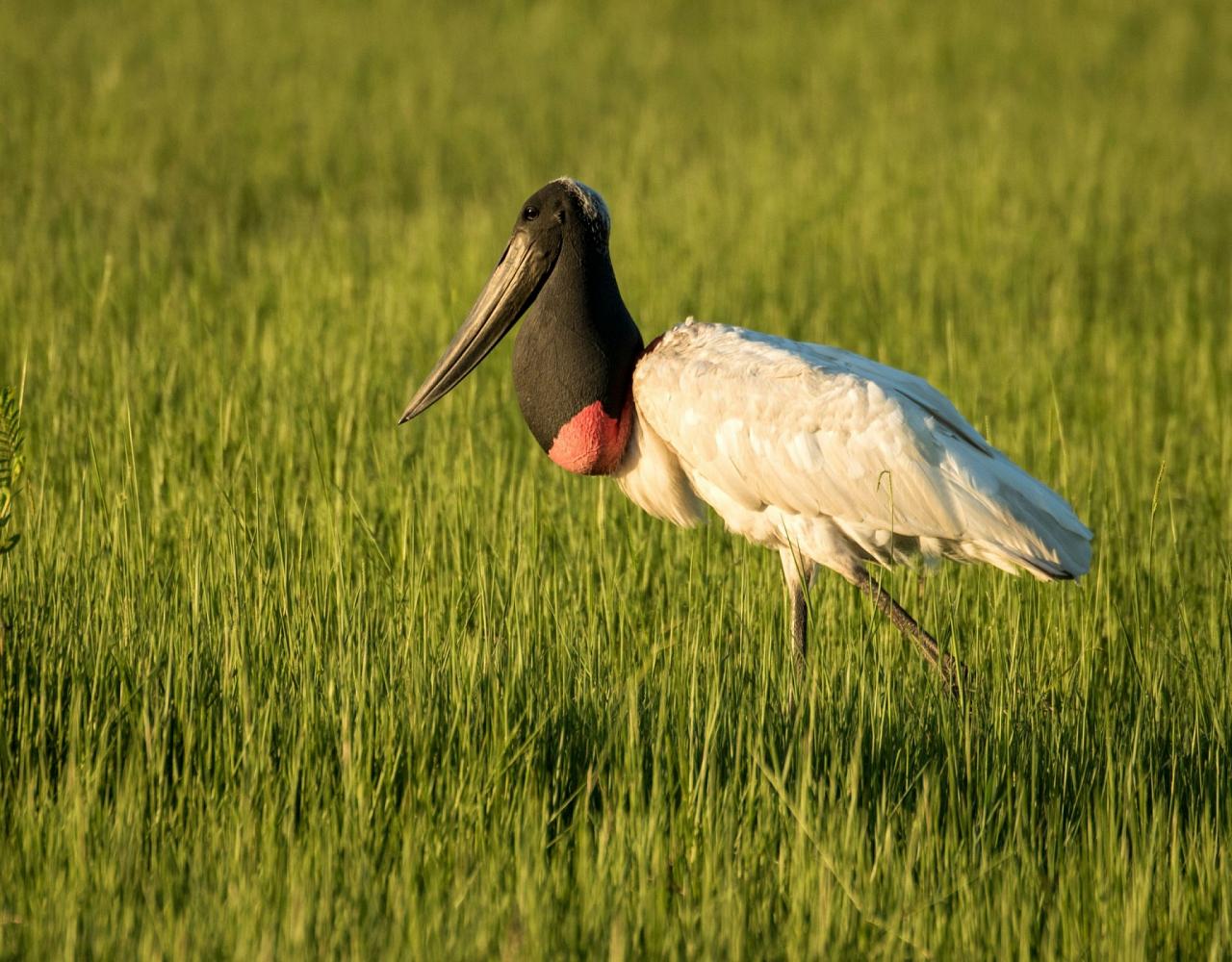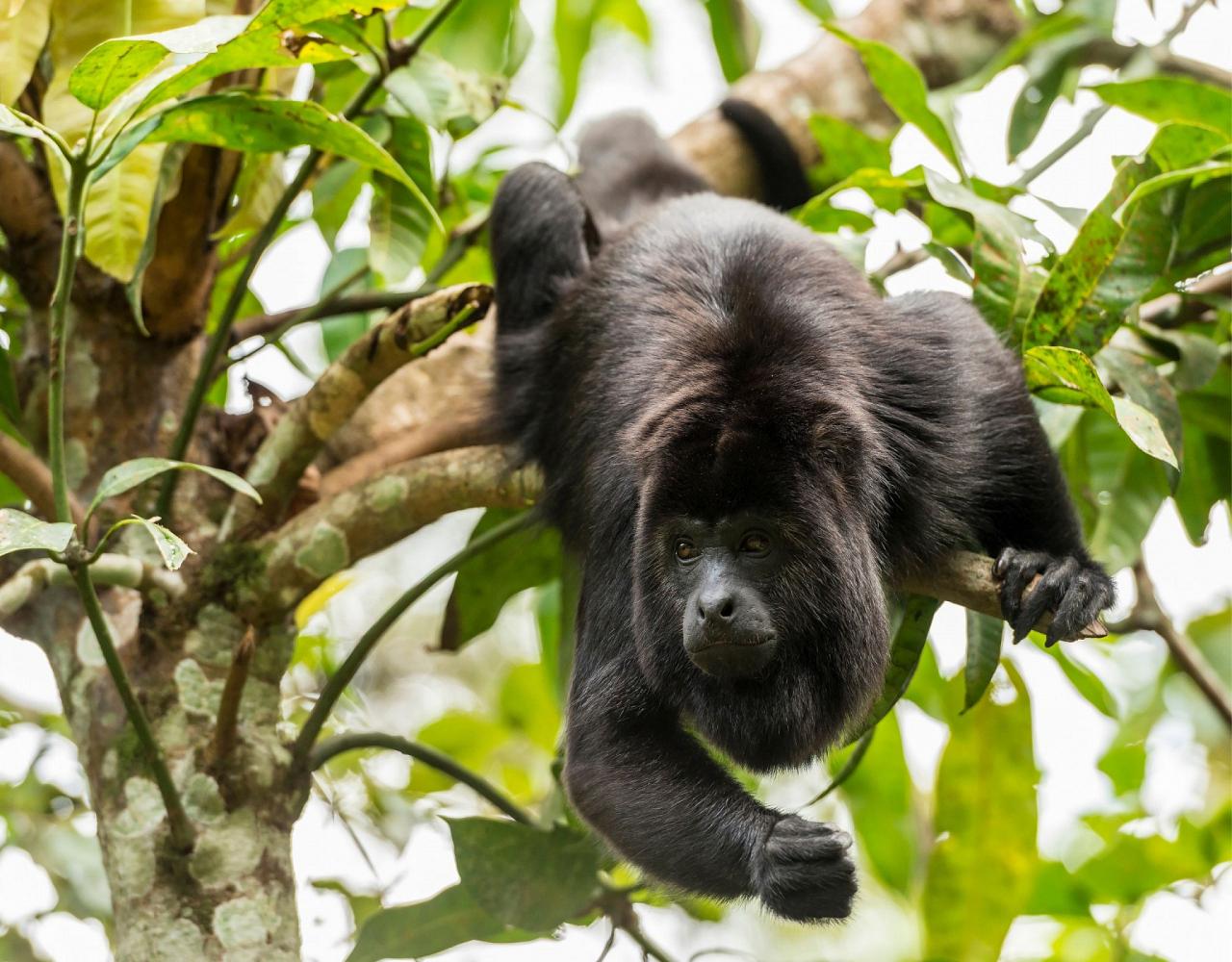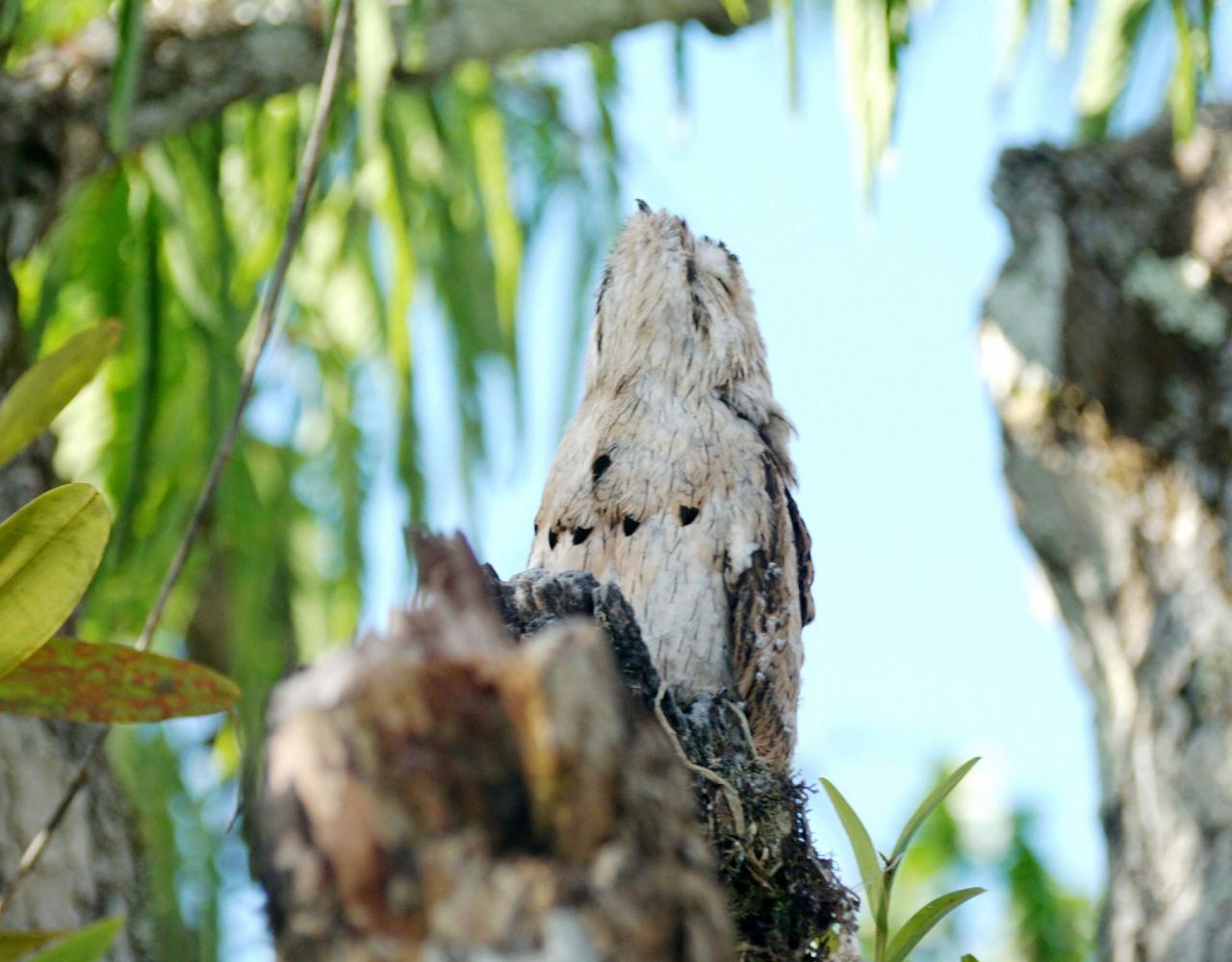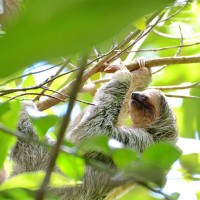- Overview
- Full Itinerary
- Photo Gallery
- Costing
- Travel Details
- Trip Reports
- Guide
- Map
- Know Before You Go
- Other Trips You May Like
Why Summer Belize? Because the rainforest biodiversity is strongest in the wet or “green” season! While you may miss some winter migrants, you find the forest replete with life, as many fascinating large insects like katydids, beetles, mantids, and butterflies emerge. Birds respond to this abundance and are active, busy feeding on the flourish of insects. Yes, it will rain—you are in a rainforest. But between this season’s dramatic and often short showers the sun pops out and with it, life revs up. In-the-know birders watching their budget also know this is a great time for good savings.
We offer Belize journeys throughout the year—it’s a close and exotic destination clients rave about. In just a few hours you are watching toucans and parrots fly, and hearing trogons alluring calls. From Lamanai Outpost Lodge we take several boat trips, finding endangered Morelet's Crocodile, iguanas, and basilisk lizards, up to five species of kingfishers, Boat-billed Heron, Gray-necked Wood-Rail, and occasionally a rarity like an Agami Heron. At night, with the aid of spotlights, we look for several species of bats, Yucatan Nightjar, Yucatan Poorwill, and Northern Potoo. At Black Rock Lodge we gaze out at pristine forest and down to the Macal River, keeping our eyes peeled for a pair of Orange-breasted Falcon that frequent here … you’ve arrived at a birding paradise.
Join us to explore Belize’s biological treasures and cultural roots. We emphasize birding, but also examine natural history and Maya heritage while having some simple, relaxing fun. We enjoy extended time at each lodge to ease travel and soak in the special attributes that give them such fine reputations. Colorful resident birds make birding each day extraordinary and fun!
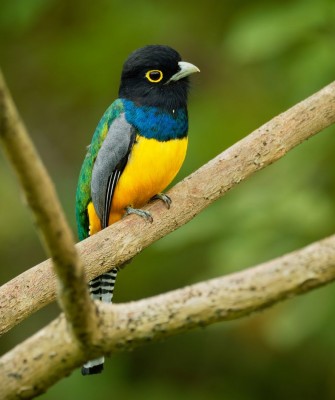
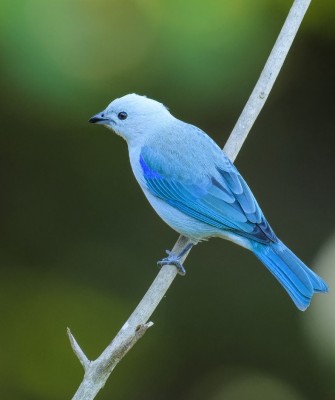

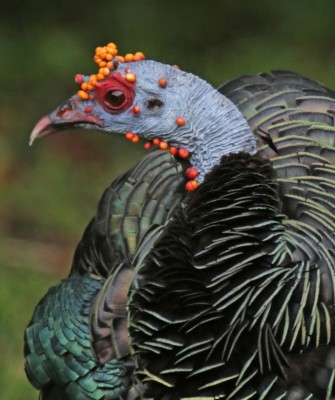
Tour Highlights
- Treat yourself to a real vacation at two of the best eco-lodges in the Neotropics
- Enjoy three nights at the beautiful Lamanai Outpost Lodge, just a stroll away from impressive Maya ruins
- Bird the forest canopy from above, atop two stunning Maya temples
- Explore bird-rich lagoons by boat to find Snail Kite and colorful wading birds
- Traverse the trails of Black Rock Lodge in search of trogons, parrots, toucans, and more
- Wake to the noisy chorus of tinamous, forest-falcons, and motmots, right outside your door


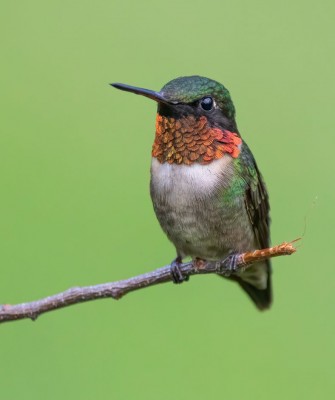
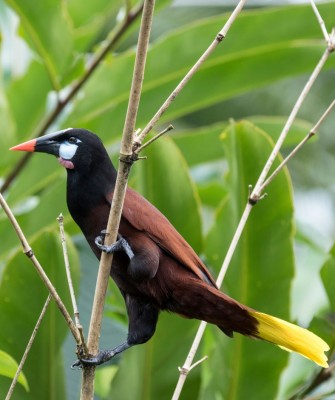
Trip Itinerary
Itineraries are guidelines; variations in itinerary may occur to account for weather, road conditions, closures, etc. and to maximize your experience.
Mon., July 14 Arrivals | Black Rock Lodge
Welcome to Belize! It’s hard to believe that just a short two-hour flight from a USA gateway puts you right into the tropical zone. Breathe deep—you are HERE and your vacation starts now.
We head out from the airport to reach Black Rock Lodge late in the day. On the way, we keep our binoculars handy, scanning fencerows and utility lines for the first birds of the trip. Expect to see Tropical Kingbird, Vermilion and Social Flycatchers, Great Kiskadee, White-collared Seedeater, and Tropical Mockingbird, with Lesser Yellow-headed and Black Vultures soaring overhead. We also keep our eyes open for wading birds in the roadside wetlands and farm ponds as we move into the countryside, watching for Tricolored and Little Blue Herons, Wood Stork, and possibly a Roseate Spoonbill.
We want to arrive at the lodge in time for you to take in the marvelous late-day feeding frenzy on feeders below the veranda. Our route is about a 2.5 hour drive in total, the last seven miles on a country back road (yes, bumps—that is what keeps the area pristine and wild!). Black Rock’s style is casucal, in keeping with the local culture. Its setting is dramatic, above the winding Macal River. Views from the dining area down to the river and out to extensive forested ridges of Don Elijio Panti National Park, a 13,000-acre swath of luxurious rainforest, are sublime. Settle in, scan the sky for raptors, and enjoy the relaxed vibe! The wonderful staff here help to make you immediately feel at home.
After dinner, we drive a short way out into a more open area to look for Northern Potoo and perhaps some of the resident owls.
Accommodations at Black Rock Lodge (D)
Tues., July 15 Local Birding | A Chance to Canoe | Belize Botanical Gardens
Join the lodge’s keen birding guide for an early morning bird walk starting at 6:30 AM. Guides and guests avidly note their sightings on eBird, contributing by citizen science effort knowledge of the region. We plan to participate too! Often greeting us in the morning are Crimson-collared and Yellow-winged Tanager, Black-headed and Grayish Saltators, Red-legged Honeycreeper, and other species of mixed flocks. Barred Antshrike and Spot-breasted Wren call as Rufous-tailed Hummingbird monitor nectar of the garden flowers.
After taking advantage of the early super-charged bird activity on the grounds, we enjoy a full breakfast, choosing what you’d like to have from the breakfast menu, and never leaving the beautiful view as you dine. On the towering cliffs behind the lodge, a resident pair of Orange-breasted Falcon have occurred for many years. Vaux’s Swifts patrol the sky.
After breakfast you can have a chance to continue birding the area; watch for some of the showy rainforest species such as Keel-billed Toucan, Collared Aracari, and parrots of several species including Red-lored, White-fronted, and Mealy. More secretive on trails through the forest we scan for Scaly-throated Leaftosser, Pheasant Cuckoo, Tody Motmot, Gartered and Black-headed Trogon, White-necked Puffbird, and more. The lodge has an extensive trail system.
This afternoon have some fun, for those that wish, we take time to tube or canoe on the Macal River down to another lodge, from which we visit the Belize Botanical Garden. Located on the banks of the Macal River in the Maya Mountains, the gardens host 45 acres of tropical wonder. Orchids, palms, cycads, and edibles abound. Watch for Common Tody Flycatcher, Rose-throated Becard and both Sulphur-bellied and Royal Flycatchers. It’s a great place for birds and butterflies too!
We return to watch sunset with a view and enjoy dinner.
Accommodations at Black Rock Lodge (B,L,D)
Wed., July 16 Spanish Lookout | Aguacate Lagoon
We leave early at day-break for a full-day adventure, to return around 4:00 PM. We drive to the Mennonite village of Spanish Lookout. In this agricultural area we find Tropical Kingbird, Vermilion and Social Flycatchers, Great Kiskadee, Morelet’s Seedeater, and Tropical Mockingbird, and Black Vultures soaring overhead. Blue-gray and Yellow-winged Tanagers, Red-legged Honeycreeper, Blue Ground-Dove, Roadside Hawk, Olive-throated Parakeet, Red-lored Parrot, Blue Bunting, Barred Forest-Falcon, Rose-throated Becard, Squirrel Cuckoo, and Black-cowled Oriole are other possible species.
Just twenty minutes down the road is one of the best birding hotspots in all of Belize, Aguacate Lagoon. This is a private wetland preserve of nearly 300 acres. We look for a variety of herons and egrets, resident Laughing Falcon, and other species. The lagoon is named for the many avocado trees that grow here now, planted in the early 1960s by Mennonite farmers.
Throughout our day we hope for mammal sightings, too—possible are White-nosed Coatimundi, Kinkajou, Deppe’s Squirrel, and Yucatan Black Howler Monkey.
Accommodations at Black Rock Lodge (B,L,D)
Thurs., July 17 Mountain Pine Ridge Reserve
Today we drive up into pine habitat, in search of Brown and Green Jays, orioles, and raucous groups of Plain Chachalaca which, alongside Acorn, Pale-billed and Golden-olive Woodpeckers forage in the nearby pines. With luck we also find Melodious Blackbird, Green Jay, Ferruginous Pygmy-Owl, Masked Tityra, and Slaty-tailed Trogon as well as several hummingbirds, including Azure-crowned and White-necked Jacobin. While some of the United States’ Sky Island species breed to the north and return here to winter, we keep an eye out for lingering Greater Pewee, Grace’s Warbler, and Hepatic Tanager. Also possible are Rufous-capped Warbler, Yellow-faced Grassquit, Gray-crowned Yellowthroat, Yellow-bellied Elaenia, and Dusky-capped Flycatcher. Always we keep an eye to the sky for sightings of King Vulture overhead.
Accommodations at Black Rock Lodge (B,L,D)
Fri., July 18 Lamanai Outpost Lodge
We leave Black Rock after breakfast this morning if we have time, we stop to bird at the Green Hills Butterfly Ranch where we see a host of hummingbirds at close range. Species include White-necked Jacobin, Long-billed Hermit, Green-breasted Mango, Canivet’s Emerald, and possibly both Wedge-tailed and Violet Sabrewings. We also find a host of other birds in the lush gardens.
We have lunch at the dock before our FUN boat transfer to Lamanai. We boat we should see Mangrove Swallow, Amazon and Green Kingfishers, Limpkin, Northern Jacana, Plumbeous Kite, and, with luck, a Black-collared Hawk or a huge Jabiru. Be ready with a windbreaker, camera, and binoculars. We arrive in time to settle into our casitas and enjoy a little late-afternoon birding by the lodge before dinner.
Lamanai (Mayan for “submerged crocodile”), is located at the edge of a 28-mile spring-fed lagoon and offers rainforest, Maya ruins, pine savannahs, freshwater marshes, and open water habitats, all within walking distance. Over 400 species have been counted here, including Thicket Tinamou, Bare-throated Tiger-Heron, Jabiru Stork, King Vulture, Zone-tailed Hawk, Ruddy Crake, White-fronted Parrot, Squirrel Cuckoo, and Northern Bentbill. Also seen are otters, manatees, monkeys, and crocodiles. There is even the chance of seeing signs of Jaguar activity nearby.
Forest trails and Maya ruins are easily accessed at Lamanai; birds and butterflies always seem to be at arm’s length. Lesson’s Motmot, Bat Falcon, and the tiny Tody Motmot all like this area. Just a short stroll from the lodge stands the Temple of the Jaguar and the High Temple, two of about 700 Maya structures at Lamanai that were hidden under a blanket of earth and vegetation until their excavation began in 1974. These ruins date back two millennia. Climbing the temples requires a bit of effort, but the reward is great: a bird’s-eye view over the forest canopy.
Accommodations at Lamanai Outpost Lodge (D)
Sat., July 19 & Sun., July 20 Two Full Days at Fabulous Lamanai Outpost Lodge
Whether you’re well-traveled in Central America or visiting for the first time, there is much to hold your attention at Lamanai. Birds and monkeys busy themselves around the cabins; nearly 200 species of butterflies flit through the area, colorful dragonflies and damselflies buzz by, lizards ranging in size from tiny geckoes to five-foot-long iguanas lounge around, and of course, numerous herbs, shrubs, and trees attract wild tropical wonder.
One of the most interesting phenomena, and one we are likely to encounter at Lamanai and Black Rock Lodge, is an army ant march. Birds of many families attend these marches, eating the insects, frogs, lizards, and other organisms flushed by the foraging ants. Standing quietly at the margin of an ant swarm, we get close looks at faithful ant followers, including Gray-headed Tanager, Red-throated Ant-Tanager, and a number of woodcreepers, including Tawny-winged and Northern Barred. Other possibilities are White-whiskered Puffbird, several flycatchers, and more. Even birds of prey like the dainty Barred Forest-Falcon follow ant swarms—all so absorbed in the sea of insect life that they ignore our fascinated observation.
Relax at meals, so delightful at Lamanai, where open-air dining lets you be immersed in nature; local foods and tropical fruits abound!
Accommodations at Lamanai Outpost Lodge (B,L,D, both days)
Sun., July 21 Departures
We enjoy a final breakfast before a group transfer back to the airport. (B)
Cost of the Journey
Cost of the tour is $3990 DBL / $4590 SGL; ground transportation within Belize; professional guide services; park, preserve, and other activity fees; lodge tips; and miscellaneous program expenses. Tour price does not include: roundtrip airfare to and from Belize City or items of a personal nature such as laundry, porterage, telephone charges, or alcoholic beverages. Gratuities for your local lodge guides in Belize are not included, these are at your discretion, but highly appreciated and recommended.
Travel Details
Please plan to make air travel plans only after the minimum group size has been met. We will send you a confirmation email as soon as the trip has been confirmed.
Arrival and Departure Airport: Philip S.W. Goldson International Airport (BZE) in Belize City
Arrival Details: Plan to arrive July 14, no later than 2:00 PM
Departure Details: Plan July 21 flights after 12:30 PM
Travel Tip: You may wish to arrive a day early and rest up from your travels. While there are a few things to do in Belize City, most attractions are located about an hour away and would require a taxi or hiring a guide. The Belize Zoo is home to only native wildlife that have been abandoned, orphaned, or injured. It’s a great way to see almost 50 species of native animals. Does exploring an ancient Mayan city seem appealing? Then head about 30 miles north of Belize City to Altun Ha, an important archaeological zone that covers about 5 square miles. If you’re looking for something right in town, you can explore the rich culture and history at the Museum of Belize.
Hotel Recommendations: The Black Orchid Resort is about 20 minutes from the airport and they can arrange transfers. There is a restaurant on site and hotel staff can assist with booking outings. You can also relax on site and bird along the river. On the start date of the tour, drivers from the Black Rock Lodge can pick you up here so you do not have to go back to the airport.
Browse below for trip reports and species lists from past versions of this and other tours from this destination.
Belize
- March 2014
- February 2016
- January 2017 (w/Cave Creek Ranch)
- February 2017 (Private Tour)
- February 2017
- January 2018
- March 2018
- January 2019
- March 2019
- January 2020
- February 2020
- March 2020
- July 2021
- October 2021
- November 2021 (Birds & Beaches)
- December 2021
- January 2022
- March 2022
- November 2022
- January 2023
- February 2023 (3 Lodge Tour)
- March 2023
- November 2023 (3 Lodge Tour)
- January 2024
- February 2024 (Classic Tour)
- February 2024 (3 Lodge Tour)
- March 2024
- July 2024 (Green Season)
- December 2024 (Christmas Tour)
- January 2025 (3 Lodge Tour)
- February 2025
- March 2025
Southern Belize
- March 2018
- February 2019
- February 2020
- March 2021
- February 2022
-
Pat Lueders

Pat Lueders has been leading tours for Naturalist Journeys since 2014 after volunteering as the Field Trip leader and coordinator for St. Louis Audubon for 10 years. She has led tours regularly in the U.S. including Utah, Arizona, Texas, Ohio, Georgia, South Carolina, and New Jersey. Internationally, she has led groups to Central America (Costa Rica, Panama, Belize, Guatemala), South America (Galapagos, Colombia, Ecuador, Guyana, Trinidad & Tobago), and Africa (Kenya & Uganda). For the fall 2023 & winter 2024, she’s excited to return to Trinidad and add New Zealand, Jamaica, and Portugal to her itineraries.
When home in St. Louis, she’s been the coordinator of the Great Rivers Trumpeter Swan Watch for 12 years, and she conducts Breeding Bird Surveys for the Missouri Department of Conservation and the U.S. Department of Natural Resources.
Other trips with Pat Lueders
-
 Spain: Birding & Nature A Private Tour for Pat Lueders & FriendsApril 21 - May 4, 2025
Spain: Birding & Nature A Private Tour for Pat Lueders & FriendsApril 21 - May 4, 2025 -
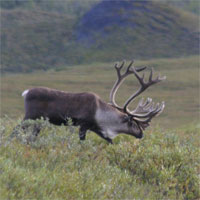 Classic Alaska: Birding & Wildlife: Anchorage, Nome, Seward & Kenai Fjords A private tour for St. Louis Audubon.June 13 - 22, 2025
Classic Alaska: Birding & Wildlife: Anchorage, Nome, Seward & Kenai Fjords A private tour for St. Louis Audubon.June 13 - 22, 2025 -
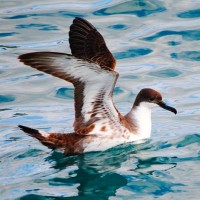 Maine's Monhegan IslandSeptember 7 - 14, 2025
Maine's Monhegan IslandSeptember 7 - 14, 2025
-
Essential Information +
Pace & Protocols +
Packing List +
Suggested Reading List +
Useful Links +
Photo credits: Banner: Collared Aracari by Greg Smith; Keel-billed Toucan by Narca Moore-Craig; Red-legged Honeycreeper (NJ Stock), Howler Monkey (NJ Stock) Thumbnails: Gartered Trogon (NJ Stock), Blue-and-gray Tanager (NJ Stock), Emerald Toucanet (NJ Stock), Ocellated Turkey (Peg Abbott), King Vulture (NJ Stock), Ringed Kingfisher (NJ Stock), Ruby-throated Hummingbird (NJ Stock), Montezuma Oropendola (NJ Stock)





